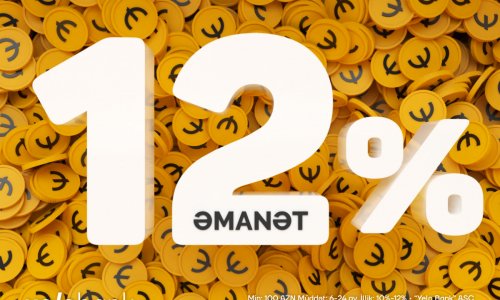Juno, the latest company to enter New York's busy ride-hail market, has a simple pitch to drivers: we will treat you better than our rivals.
And word is getting out.
Drivers at a recruitment event at Juno's headquarters in June said the company offered a chance to pair greater earning potential with the flexibility they get from other companies, such as Uber, the dominant player in the market.
"My friend told me that Juno has good commission for drivers," says Mohammad Hossain, who has been driving with Uber for a year and half and now plans to work with Juno.
His sentiment was echoed by Driss Elaji, who has been an Uber driver for eight months. "I think Juno is better than Uber because maybe they care about us," he says.
The company, which is still beta testing its app, already has 8,500 drivers in New York. For comparison Uber has an estimated 30,000 affiliated drivers in the city, but many drivers work for multiple services.
Juno's pitch is this: happy drivers lead to better rides with happy passengers who tell their friends.
Better benefits
Juno's founder Talmon Marco sold his last venture, the messaging service Viber, for $900m (£620m) in 2014.
He says listening to drivers and offering them better benefits will allow the company to overtake the competition, particularly Uber.
"In many ways when you ride with Uber it's like buying a blood diamond," says Mr Marco. What you get might seem great, he says, but the human cost is wrong.
Mr Marco intends to right this wrong with his approach to driver treatment. Juno plans to take just 10% commission - compared to Uber's 20% and Lyft's 25% - and give drivers an equity stake in the company.
Stake in the future
Over 10 years Juno says it will distribute one billion shares to its drivers, meaning they will not only have a stake in the company, but also a safety net.
"What would happen to you if Uber went driverless?" Kate Herman, a Juno trainer, asks a group of new drivers. "If in 10 years Juno goes driverless you'll have to figure out what to do with your day, but you'll still benefit from the growth of the company."
Handing out equity to employees is not new, but it's certainly uncommon in the so-called sharing economy - where individuals are paid based on tasks and freelance jobs.
According to April Rinne, an adviser to sharing economy companies, for workers whose pay has been squeezed by new platforms an equity stake may be a helpful "salve to cost-cutting".
"Drivers definitely look towards money. It is probably the single most common factor. However, increasingly drivers look at how they are treated by the platform," says Ms Rinne.
Competitive market
Juno isn't the first company to think it has pinned down the secret ingredient for taking over the ride-hailing market.
Lyft, Gett, Via and Arro have all tried to unseat Uber in New York using a variety of techniques including lower prices, more ride-sharing options, and using New York's yellow cabs.
None have pushed Uber off its pedestal.
The problem is attracting drivers is only half the equation. Passenger volume - and, by extension, earning potential - is still the most important factor for drivers, which is why most use multiple platforms.
Uber vs drivers
But Juno might have something swinging in its favour.
Uber's relationship with its drivers has recently been thrown under a rather unpleasant spotlight.Uber classifies all its US drivers as private contractors, a position it is not flexible on. It has also been accused of cutting the money drivers take home by increasing fees, encouraging drivers to work 60-hour weeks, and dropping them from the app without warning.
Uber has denied accusations that it exploits its drivers, but the company has increasingly taken steps to improve this relationship.
In June, Uber unveiled a new raft of features aimed at soothing relations with drivers growing more irritated by policy, pricing, and employment status.
In a statement the company said: "Competition means that we have to demonstrate Uber offers more stable, reliable opportunities to earn money than the alternatives. And that's what we are focused on: ensuring that Uber is the best experience for drivers across the world."
It reached a settlement with drivers in California and Massachusetts earlier this year that allowed it to continue classifying drivers as contractors, while conceding on certain areas such as allowing drivers to solicit tips and ceasing to drop drivers from Uber "at will".
Whether this division with drivers spells opportunity for Juno is still unclear.Juno says it has raised millions ("an eight-digit figure") from investors but Uber has an estimated $15bn.
But Juno's driver-first approach has meant it has not had to spend money attracting most of its recruits and has instead been able to rely on word of mouth among drivers.
But if the equity Juno drivers are given is ever going to be worth something the company is going to need a greater market share.
Taking just 10% commission per ride means Juno will need more rides to bring in profits, making the path to topple ride-hailing's biggest players quite a long road.
(BBC)
www.ann.az
Follow us !











